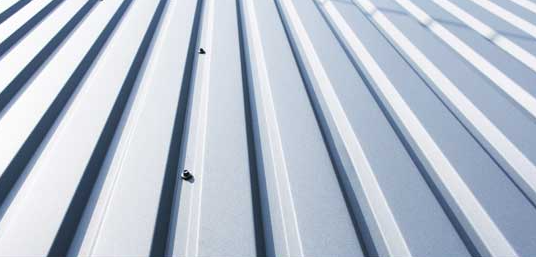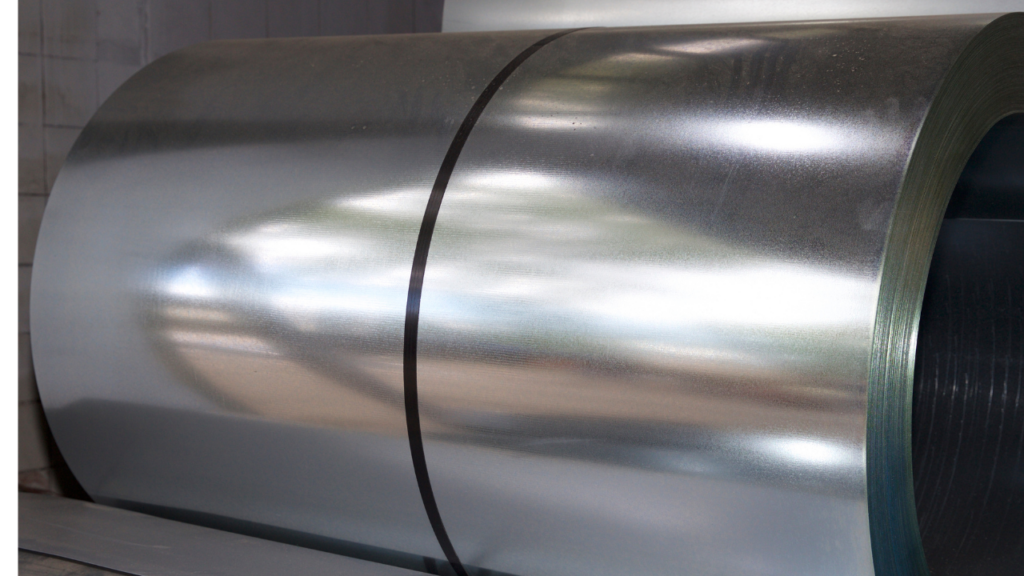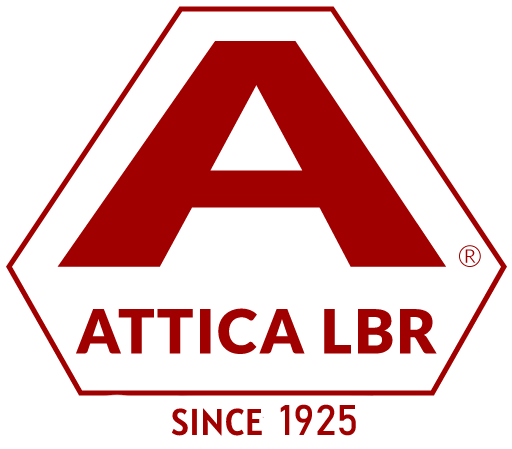Galvalume vs. Galvanized in 29-Gauge Pole Barn Metal: Key Differences and Applications
By Jenny Moses
Table of Contents
29-gauge metal panels are widely used in construction applications due to their lightweight and durable properties. These panels are often coated with either galvalume or galvanized coatings to provide additional protection against corrosion. In this article, we will discuss the key differences between galvalume and galvanized coatings and their respective applications in 29-gauge metal panels.
Galvalume Coating

Galvalume is a coating made from a blend of approximately 55% aluminum, 43.5% zinc, and 1.5% silicon. This coating is applied to steel panels using a hot-dip process, where the steel is immersed in a molten bath of the coating material. The aluminum-zinc alloy coating provides both the barrier protection of aluminum and the sacrificial protection of zinc, resulting in excellent corrosion resistance.
Advantages of Galvalume Coating:
Superior Corrosion Resistance: The combination of aluminum and zinc in the galvalume coating provides outstanding protection against rust and corrosion, making it an ideal choice for applications in harsh or corrosive environments.
Heat Resistance: Galvalume-coated metal panels have better heat resistance compared to galvanized panels, making them suitable for use in high-temperature environments.
Aesthetic Appeal: The galvalume coating often weathers to a uniform, matte finish, which many find appealing for architectural applications.
Galvanized Coating

Galvanized coatings consist primarily of zinc and are also applied to steel panels using a hot-dip process. In this process, the steel is immersed in a molten bath of zinc, which reacts with the steel’s surface to form a protective zinc-iron alloy layer. This layer provides sacrificial protection, meaning that the zinc corrodes preferentially to the underlying steel, thus protecting the steel from rust and corrosion.
Advantages of Galvanized Coating:
Proven Performance: Galvanized coatings have been used for many years and have a long history of providing reliable corrosion protection.
Lower Cost: Galvanized coatings are generally less expensive than galvalume coatings, making them a more cost-effective option for some applications.
Paint Adhesion: Galvanized metal panels often have better paint adhesion compared to galvalume panels, making them suitable for applications where additional painting or finishing is required.
Applications and Considerations
When choosing between galvalume and galvanized coatings for 29-gauge metal panels, consider the specific requirements of your project:
Corrosion Resistance: If corrosion resistance is a primary concern, galvalume coatings generally offer better protection compared to galvanized coatings, especially in highly corrosive environments.
Heat Resistance: For applications exposed to high temperatures, galvalume-coated panels offer superior heat resistance.
Aesthetics: If the appearance of the panels is important, consider the different finishes offered by galvalume and galvanized coatings, as well as their respective weathering characteristics.
Budget: Galvanized coatings are typically less expensive than galvalume coatings, so if cost is a major factor, galvanized panels may be the better choice.
The thickness of 29-gauge metal can vary slightly depending on the specific metal type and manufacturer. Generally, 29-gauge metal ranges in thickness from approximately 0.012 to 0.015 inches (0.30 to 0.38 millimeters). This range accounts for minor variations in manufacturing tolerances and metal composition. Despite these variations, 29-gauge metal is still considered a lightweight yet durable option for various construction applications, such as roofing and siding panels.
Both galvalume and galvanized coatings provide corrosion protection for 29-gauge metal panels, with each option offering unique advantages depending on the specific application. By understanding the key differences between these two coatings, you can make an informed decision that best meets the requirements of your construction project.
